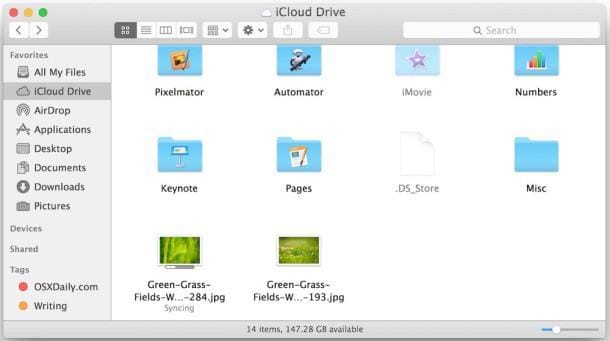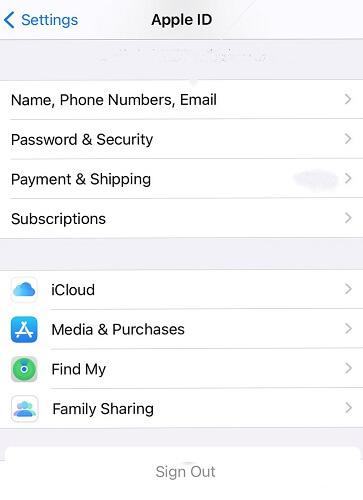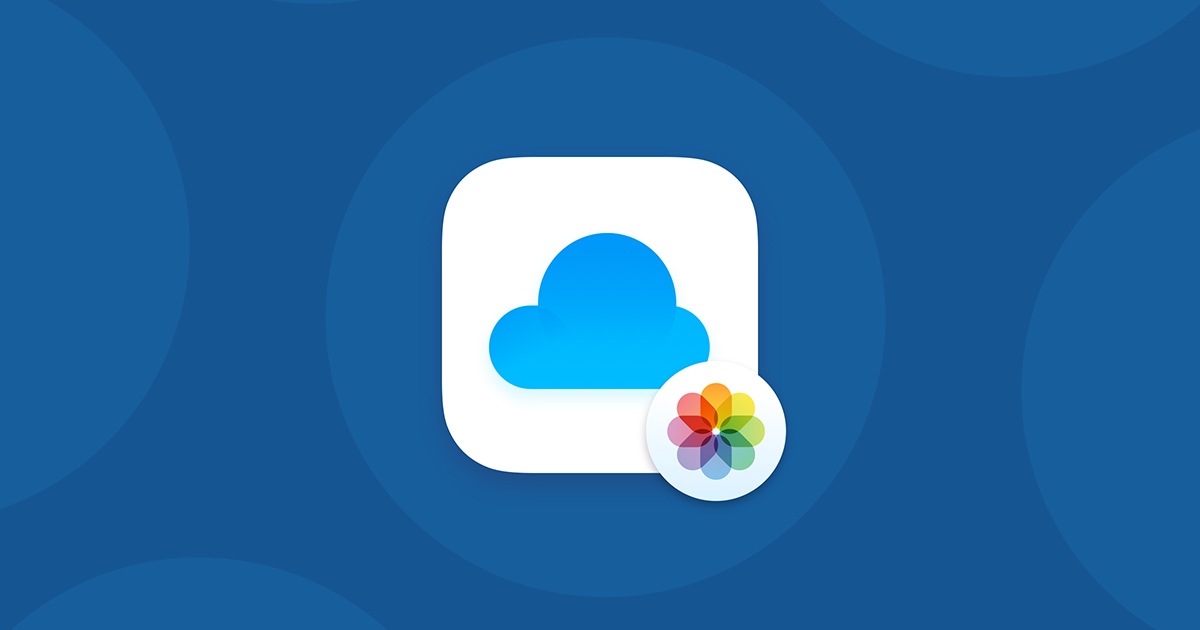

If you haven’t done so already, click the Apple icon in the upper-left corner of the desktop to access the main Apple menu, and select About This Mac. Then, click the Software Update button. Step 1: Update your Mac (optional) - It’s always a good idea to update MacOS prior to setting up a new utility or application on your iMac or MacBook. Afterward, follow the guidelines for your respective device below. If your devices are recent, you shouldn’t have any issues with compatibility, but we recommended quickly scanning over the minimum requirements to get a better understanding of what will and will not work on your device. Each free account automatically grants you access to 5GB of remote storage - available for backups, mail, app data, documents, and other components stored in the cloud - with 50GB, 200GB, and 2TB storage offerings available at an additional cost. Signing up with iCloud is completely free and simple to do with an Apple ID. We’ve put together a guide on how to use iCloud. Despite its slick design and simple execution, however, setting it up for the first time can be a pain. It’s designed to be a repository of your digital life, a place to store and back up your photos, personal files, and application data so you never lose anything. Backing up and restoring iOS devices with iCloudĪpple’s iCloud is not an application, but rather an application suite, one that’s directly baked into the framework of nearly all Apple products.

You can also manually initiate a backup anytime. When activated, it will perform the backup automatically when your device is plugged in, locked, and connected to Wi-Fi. At the bottom there is a toggle to turn iCloud Backup on or off. It will show you how much total storage you have in iCloud, and how much is still available. Just go to Settings> iCloud, scroll down to the bottom and select Storage & Backup. To enable iCloud Backup, you can either select the option from the settings for your iOS device in iTunes when it is connected, or you can do it from the iOS device itself.

ICloud Backup lets you back up your data wirelessly and automatically to your iCloud account. To ensure your iPhone or iPad data is fully protected, here’s a look at what each option backs up and when to use it.

But these iOS backup methods were not created equal, and if you don’t choose carefully you could be risking significant data loss. With iOS 5 Apple introduced iCloud, essentially allowing users to cut the cord. Once upon a time one of the primary handicaps of iOS devices was the fact that you had to physically connect it to a Windows or Mac PC with a USB sync cable to back it up using iTunes.


 0 kommentar(er)
0 kommentar(er)
